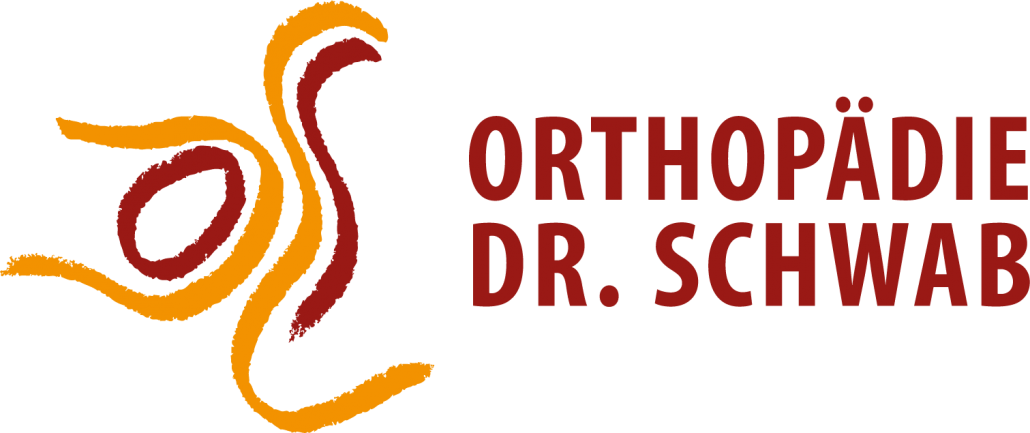The Hip
In simple terms the hip joint consists of a dome-shaped socket which belongs to the pelvis and a head which forms the upper end of the femur (thigh bone). This nearly spherical head is located in the socket. The entire formation is surrounded by a joint capsule, muscles and tendons.
Adults have been found to show the following conditions in the region of the hip:
- Bursitis which is actually located outside the hip joint but is often mistaken for a hip joint problem by lay-persons. The patient experiences pain below the buttocks. Treatment: usually a few injections/infiltrations at the site of the symptoms will be adequate.
- Abrasion (osteoarthritis) of the hip joint: Most common causes: advanced age, congenital malalignment of the involved bones The pain is typically in the groin – initially only in case of marked load-bearing, later also at rest or at night.
Treatment:
Injections or capsules to reinforce cartilage, remedial gymnastics, physiotherapy, physical medicine, massage, surgery. For those whose hip joints have undergone so much abrasion that conservative therapy such as build-up of cartilage, physical therapy, massage, physiotherapy/remedial gymnastics do not bring about any pain relief or improvement of mobility, one may consider the use of modern artificial joints.
The operation can be performed as a minimally invasive procedure – which means that the soft tissue is very carefully preserved – or the standard procedure can be used. The choice of the procedure mainly depends on the anatomical conditions.
In-hospital stay: usually 8 to 11 days after surgery.
Follow-up treatment: Crutches are needed until the patient feels confident about being able to walk. Usually this occurs after 6 weeks. Of course it also depends on the patient’s mobility, strength and coordination prior to the operation. After the operation the patient should undergo a rehabilitation stay of at least 3 weeks in order to optimise the outcome of surgery. If the patient is generally very weak, the in-hospital stay should be immediately followed by treatment that will achieve general vitalisation of his/her condition.
Specific conditions relating to the hip joint:
Femoral neck fractures: May occur in advanced age even without experiencing a fall – especially in the presence of osteoporosis
Treatment: Surgery
Muscle tears in the groin/Rupture of adductors: Tears at the origin of tendons in the groin region; usually during sports
Treatment: Physiotherapy, massage, physical therapy, if necessary infiltrations.
Inguinal hernia: Eversion (outpouching) of portions of the intestines through a muscle gap in the inguinal canal.
Treatment: At the office of the abdominal surgeon
This page is also available in: Deutsch



